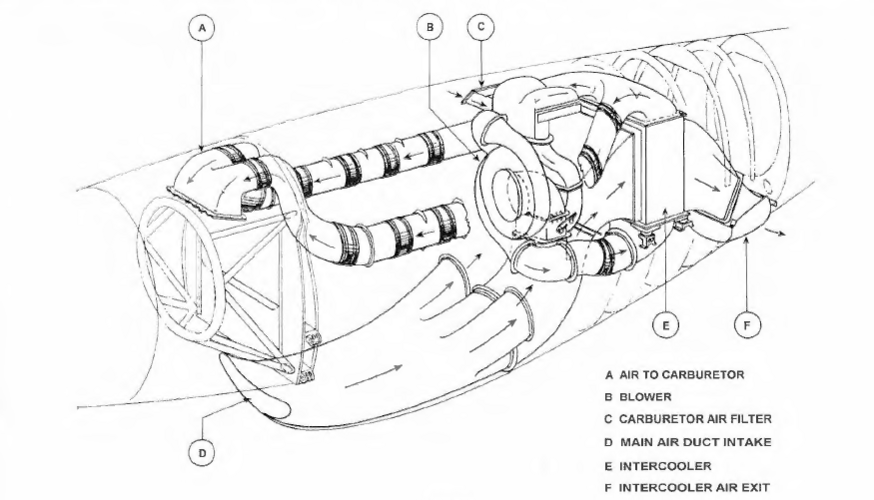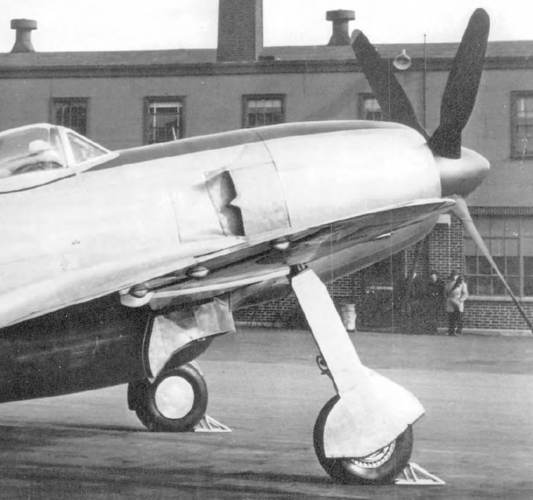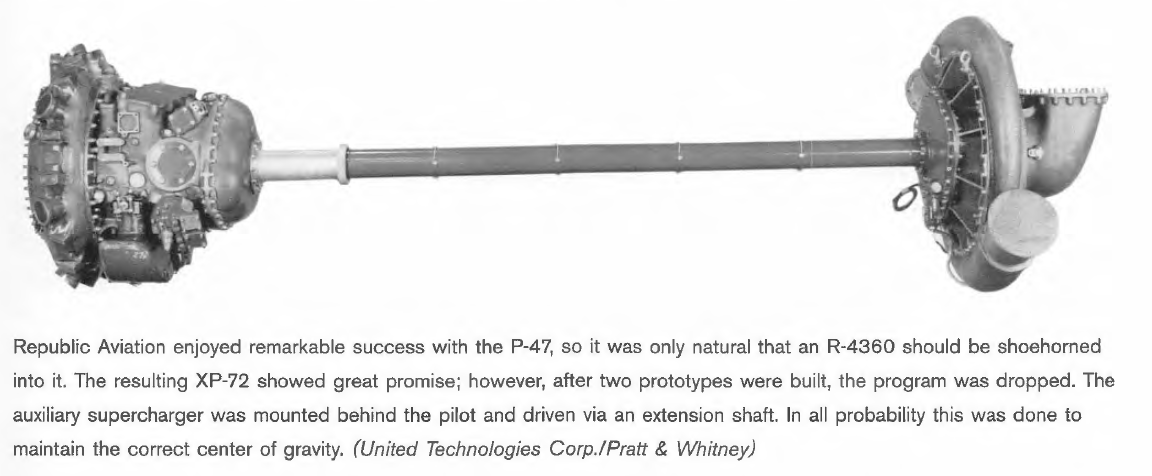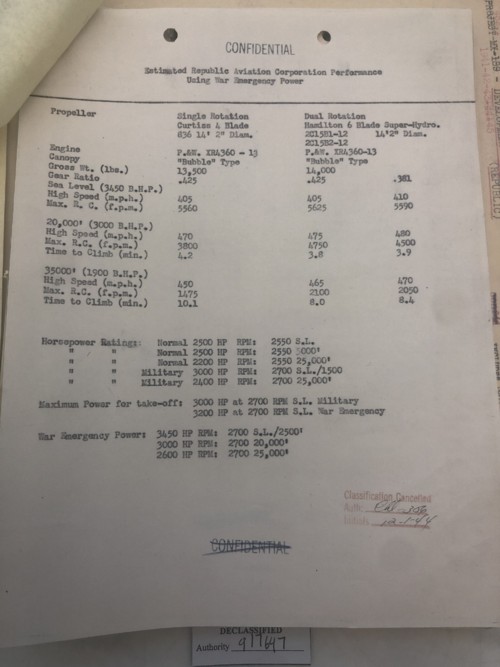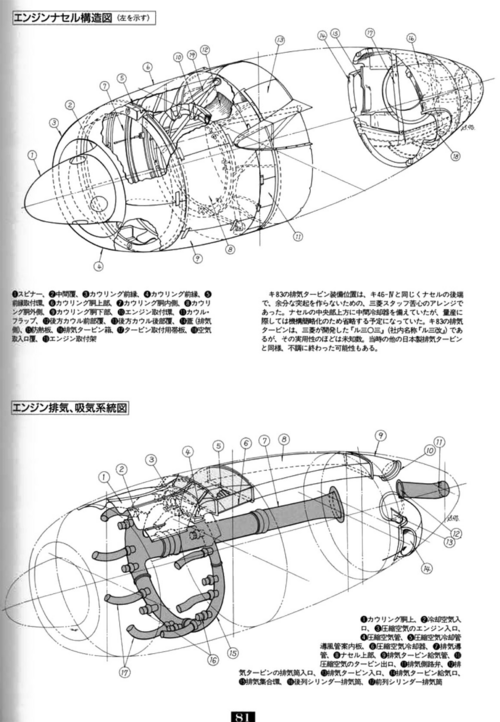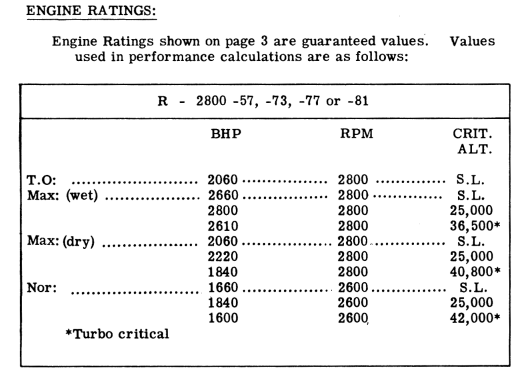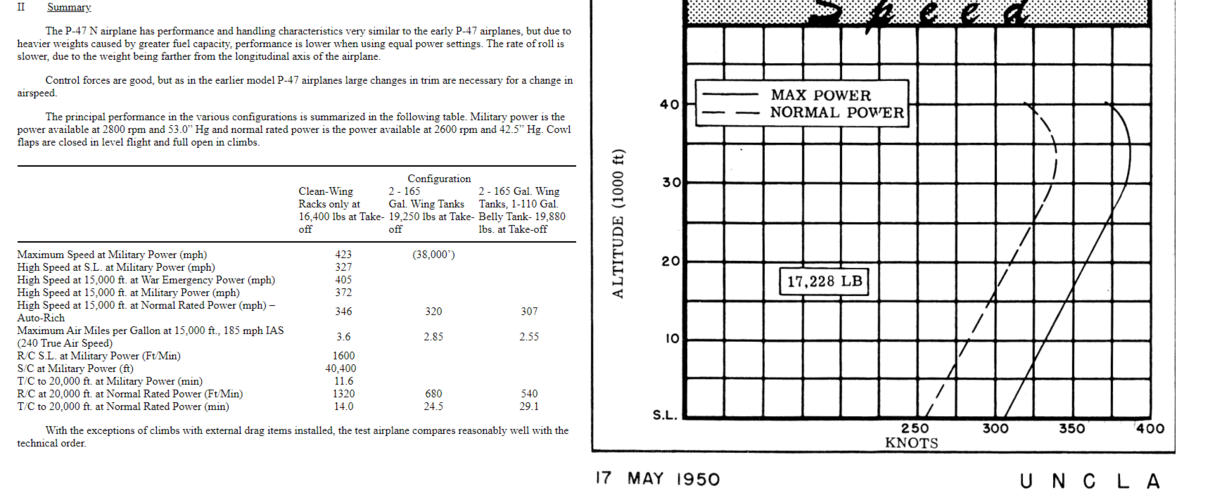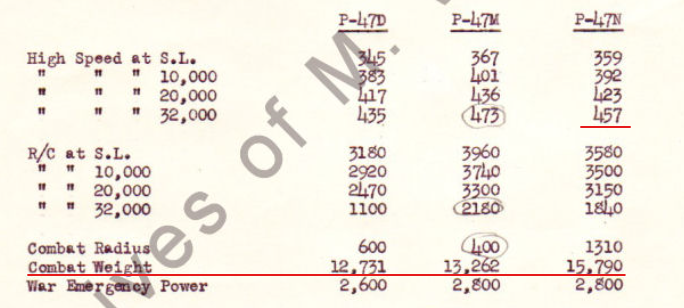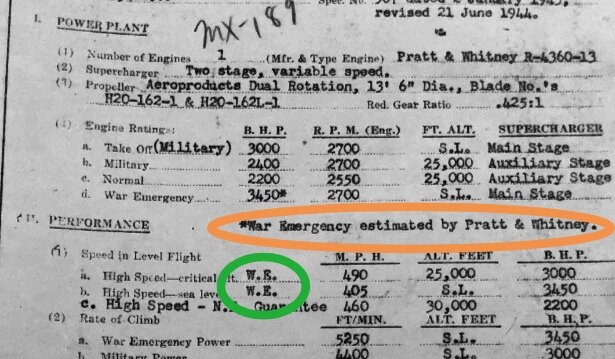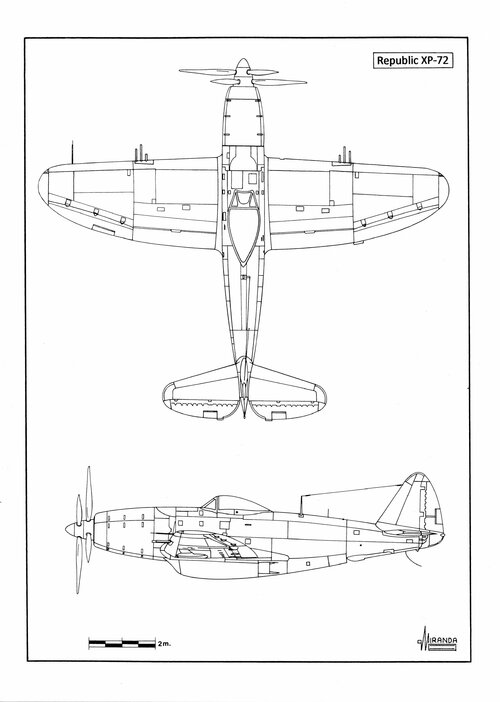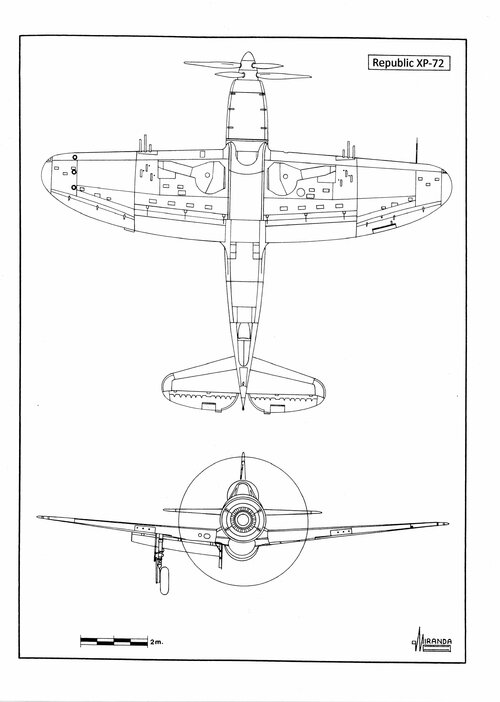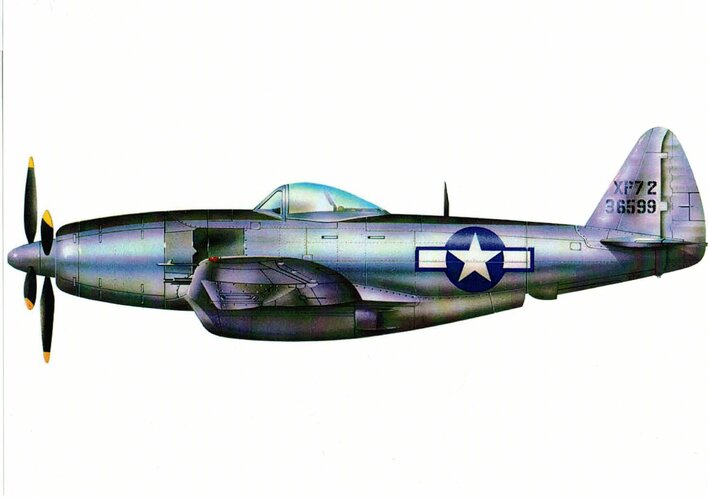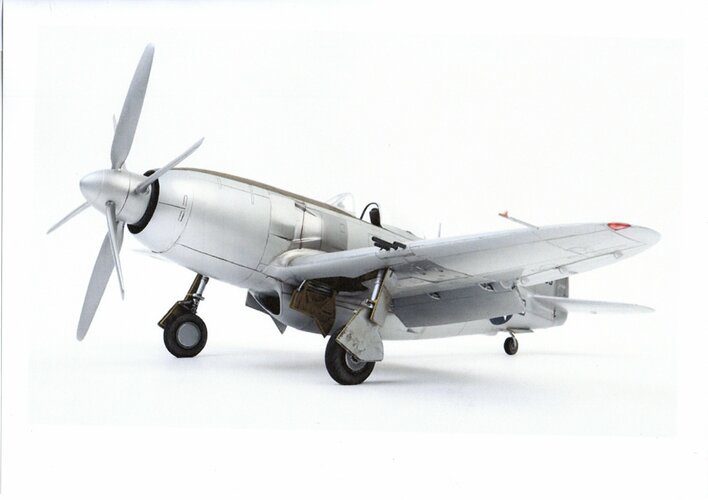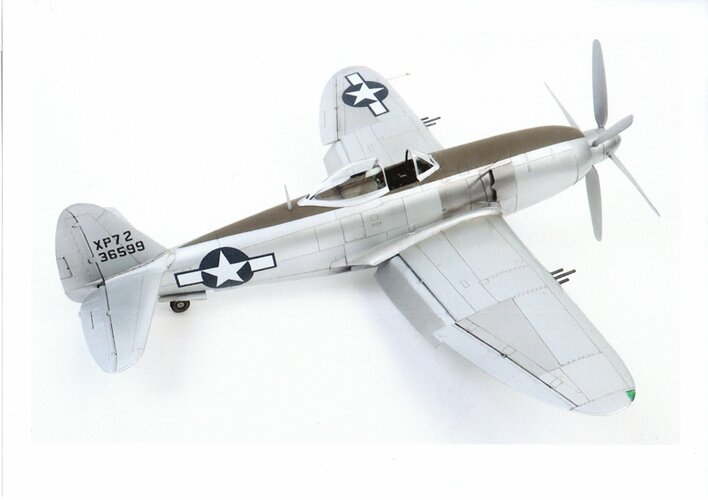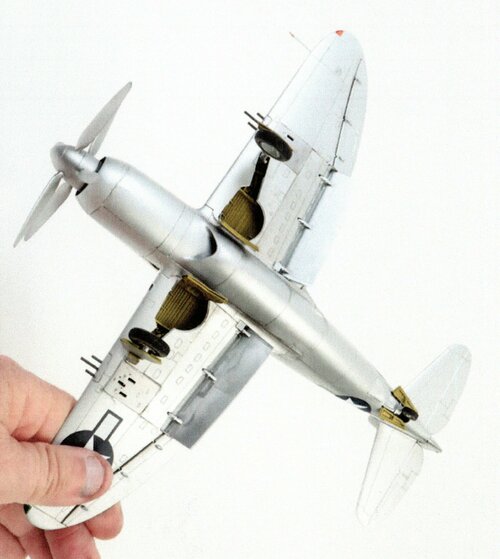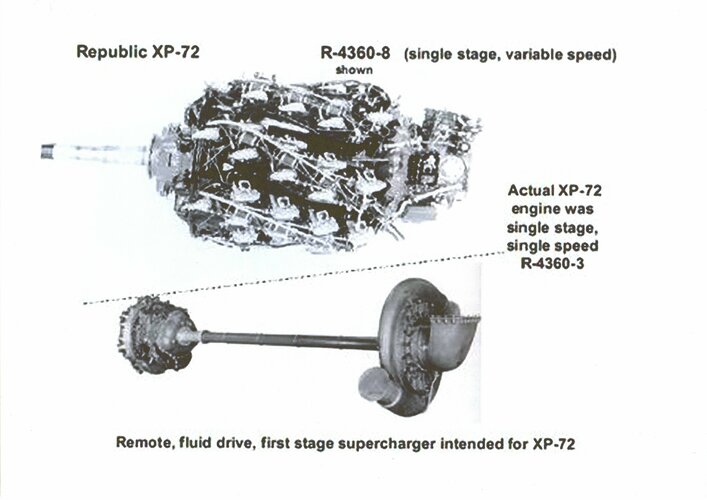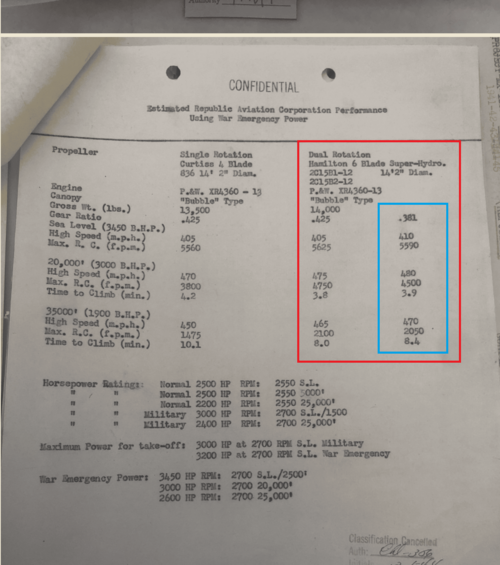Hi,
Thanks a lot, that's quite fascinating!
It's surprising the XP-72 was supposed to achieve 460 mph @ 30000 ft on "only" 2200 HP ... that's faster than the P-47N on 2800 HP: http://www.wwiiaircraftperformance.org/p-47/comp-p47dmn.jpg
It seems the R-4360 with turbo-supercharger was getting quite a bit of exhaust thrust, while my somewhat vague impression is that the R-2800 didn't really provide much in that regard. I could be wrong, though.
Regards,
Henning (HoHun)
Performance of the XP-72 attached.
Thanks a lot, that's quite fascinating!
It's surprising the XP-72 was supposed to achieve 460 mph @ 30000 ft on "only" 2200 HP ... that's faster than the P-47N on 2800 HP: http://www.wwiiaircraftperformance.org/p-47/comp-p47dmn.jpg
It seems the R-4360 with turbo-supercharger was getting quite a bit of exhaust thrust, while my somewhat vague impression is that the R-2800 didn't really provide much in that regard. I could be wrong, though.
Regards,
Henning (HoHun)

